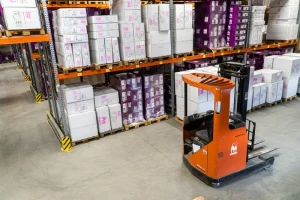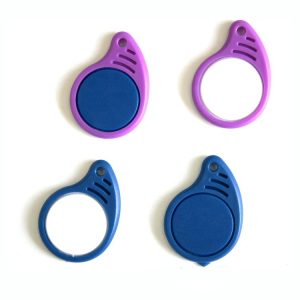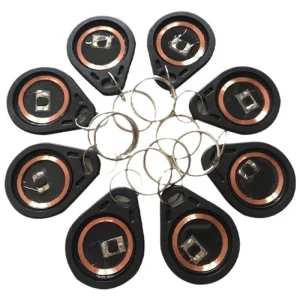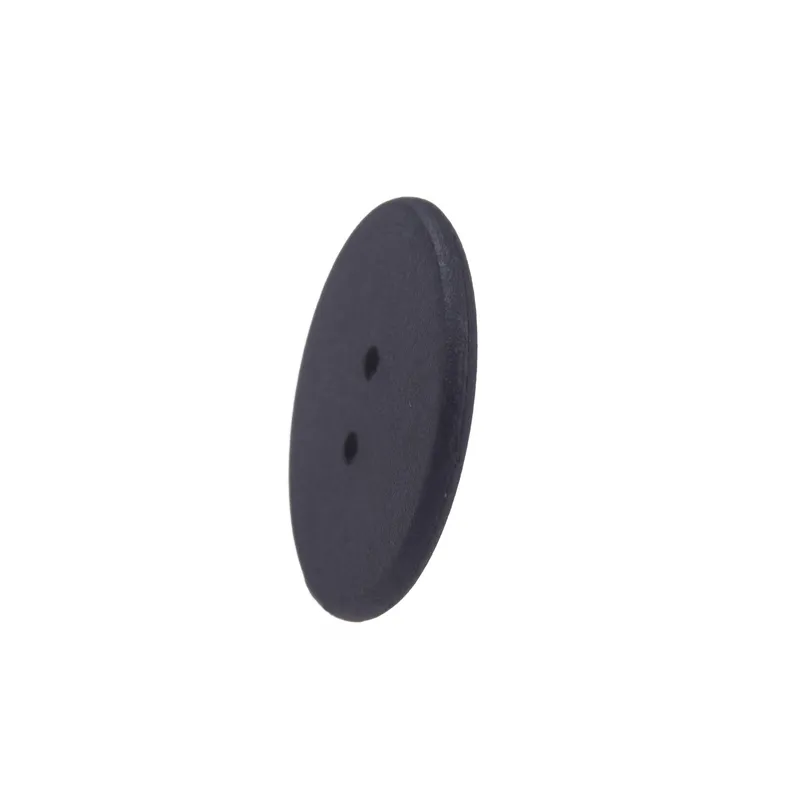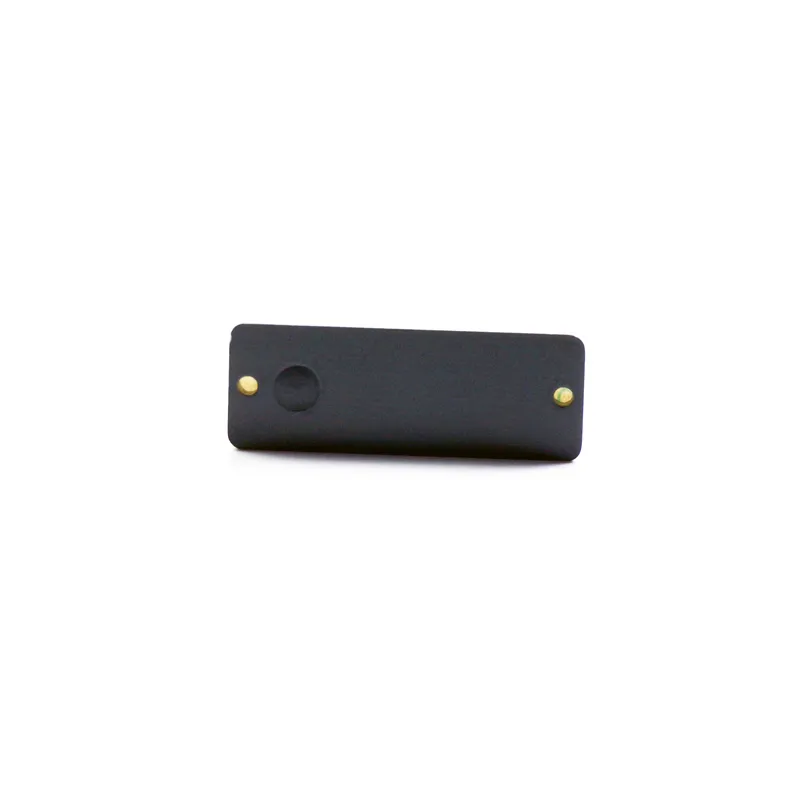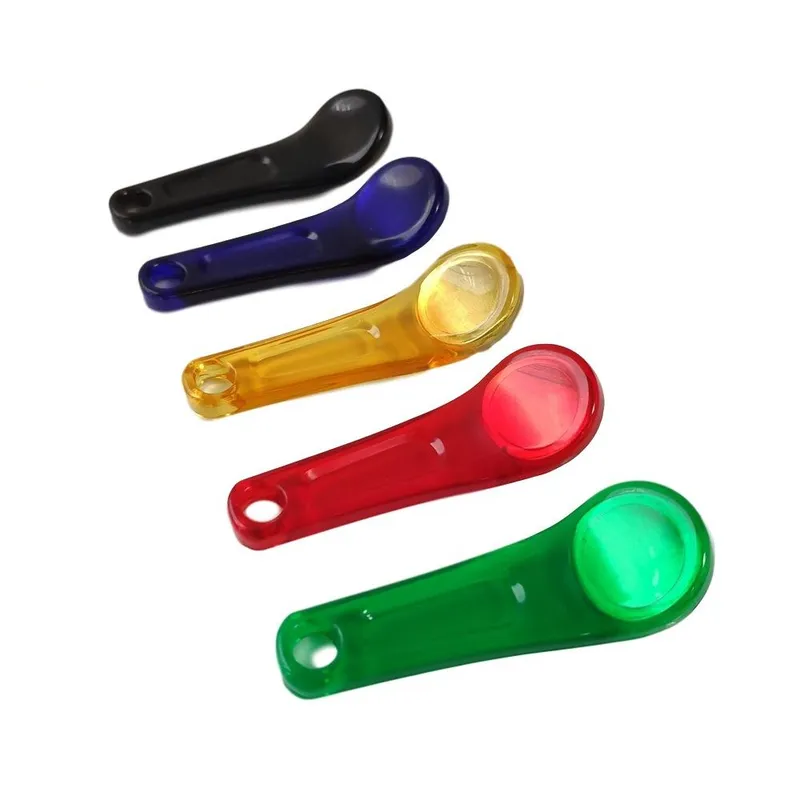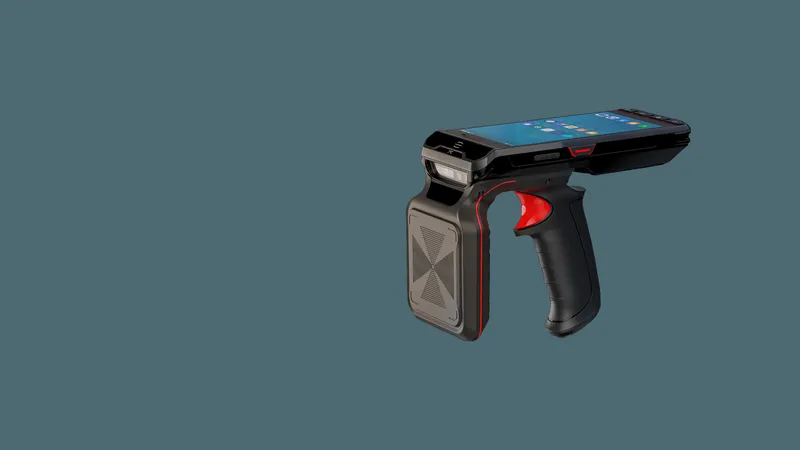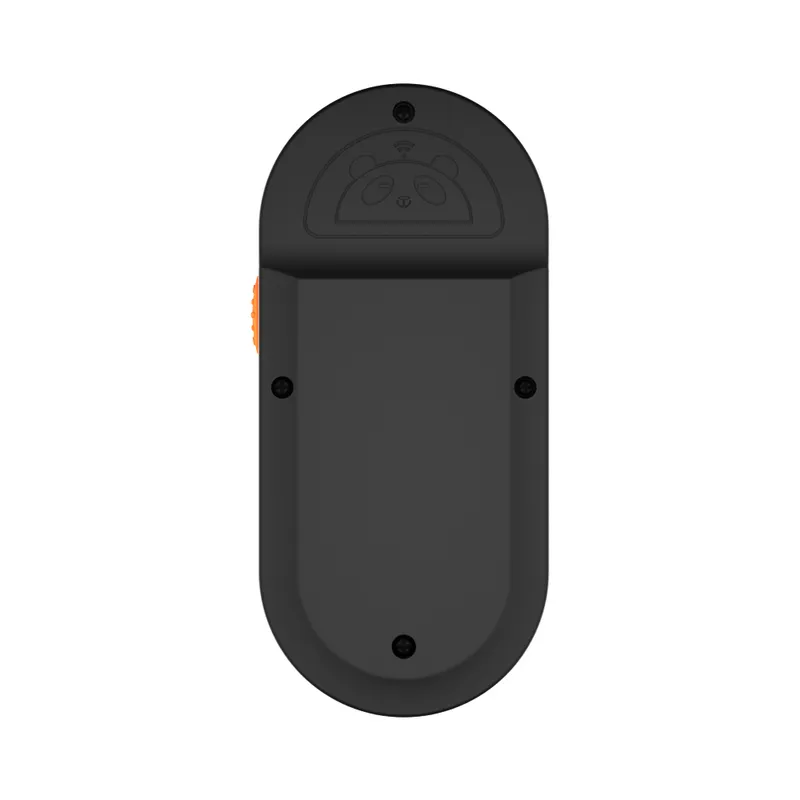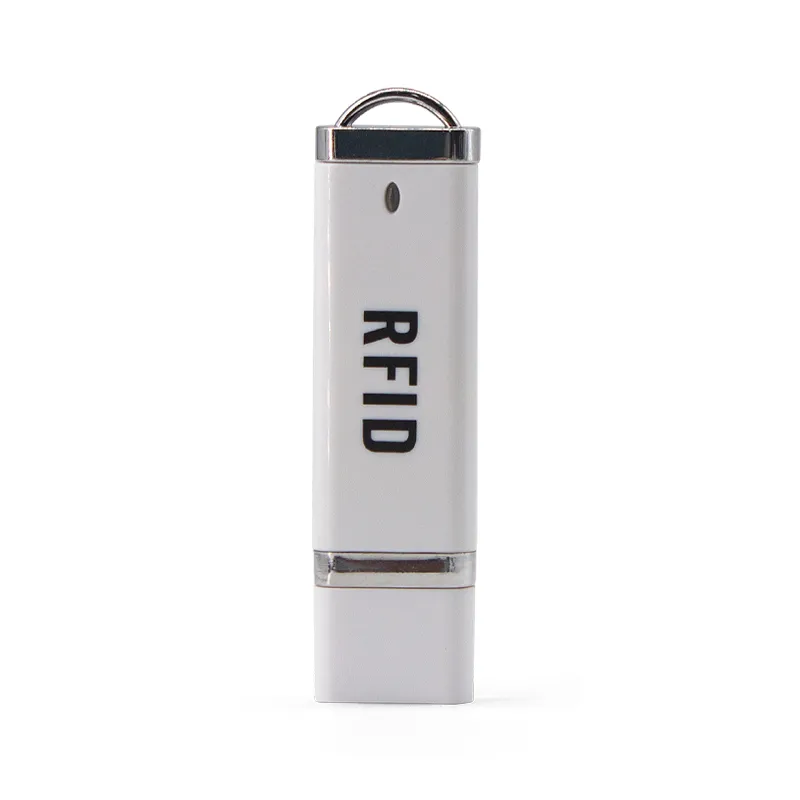I-Industrial RFID Tag
IMIKHAKHA
Imikhiqizo efakiwe
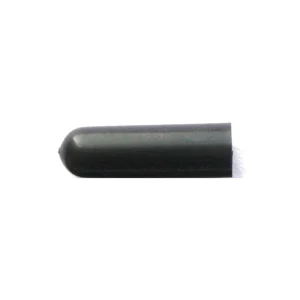
125I-KHZ RFID Bullet Tag
Ithegi ye-125Kz rfid Bullet Tag iyi-transpoof materproof ukuthi…
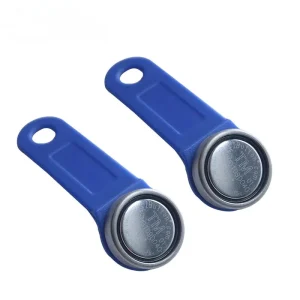
I-RFID Magnetic Ibutton
The RFID Magnetic IButton Dallas Magnetic Tag Reader DS9092 One…
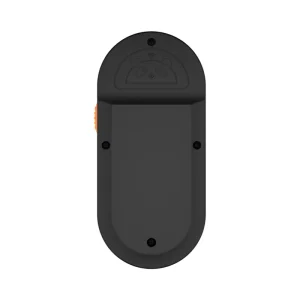
I-Handheld Animal chip Reader ephathekayo
The Handheld Animal Chip Reader Portable is a lightweight device…
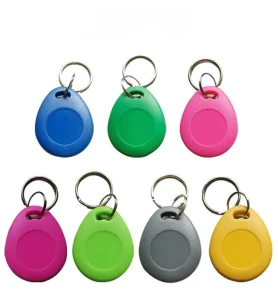
Ukhiye Fob 125Khz
Ukhiye we-FOB 125Khz RFID keychain uchwepheshe futhi…
Izindaba Zakamuva
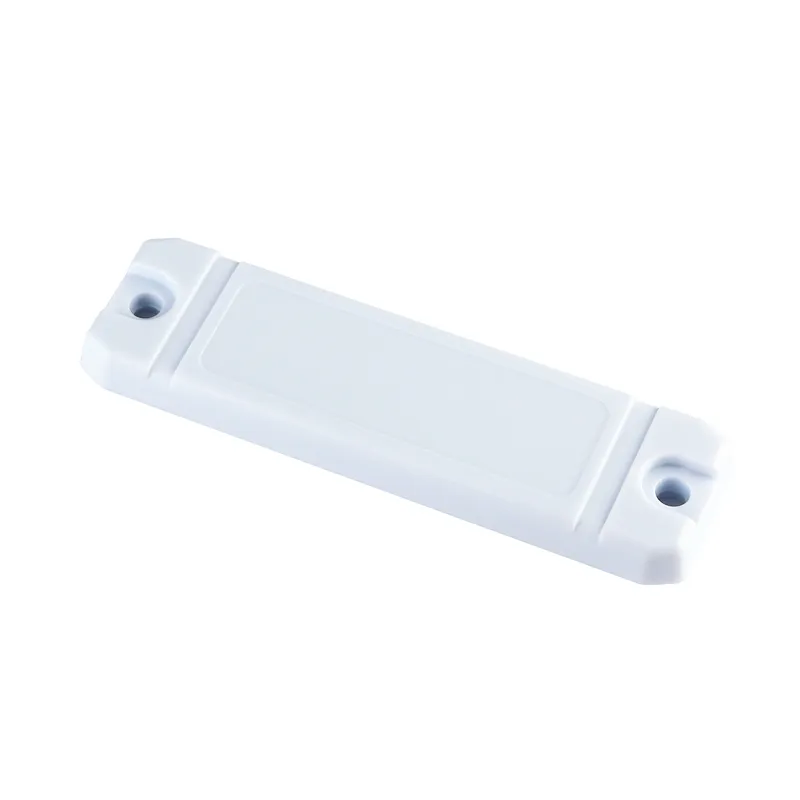
Incazelo emfushane:
Amathegi e-RFID wezimboni asebenzisa amasiginali we-radiofrequency ukukhomba izinto futhi aqoqe idatha ngaphandle kokungenela komuntu. Bangamanzi, anti-magne, kanye nokumelana namazinga okushisa aphezulu. Zisetshenziswa ku-yokusungula, ukukhiqizwa, indawo enele, Ithuluzi lokuphathwa kwamathuluzi, ukuphepha, -esayensi yezokwelapha, Izemithi, Ukuqapha imvelo, nokuthengiswa okuhlakaniphile. Iphrothokholi ye-RFID isekela i-EPC Class1 Gen2 ne-ISO18000-6C Protocols, ngezikhathi zokufunda kuze kube 100,000 izikhathi nokugcinwa kwedatha kuze kube 50 iminyaka ekanye.
Yabelana nathi:
Imininingwane Yomkhiqizo
Amasiginali we-Radiofrequency asetshenziswa amathegi we-RFID wezimboni, Ubuchwepheshe bokuhlonza abangaxhumana nabo, Ukuhlonza izinto eziqondiwe bese uqoqa imininingwane efanelekile. Asikho isidingo sokuzibandakanya komuntu kwinqubo ekhomba. Izinzuzo zobuchwepheshe be-RFID, okungukuhluka kwama-wireless ama-barcode, faka ukungangeni manzi, anti-magne, Ukumelana namazinga okushisa aphezulu, Ukuba nempilo yenkonzo ende, ukuba nebanga elikhulu lokufunda, Ukube nokubethelwa kwedatha kuthegi, ukuba nomthamo wedatha enkulu yokugcina, Futhi ukuba lula ukuvuselela imininingwane egciniwe.
Amathegi e-RFID wezimboni asetshenziswa kakhulu kulezi zindawo ezilandelayo:
- Ukusungula kanye nokuphathwa kwempahla: Ukulandelela kwesikhathi sangempela nendawo yezinto ezise-Warehouse ukuqinisekisa ukunemba kokusungula kanye nokulandela umkhondo.
- Ukuphathwa Kwezinqubo Zokukhiqiza: Ukukhonjwa okuzenzakalelayo kanye nokulandelela kwezinto zokwakha ezivuthiwe, Imikhiqizo eseqediwe, futhi kuqediwe imikhiqizo entanjeni yokukhiqiza ukuze uthuthukise inqubo yokukhiqiza.
- Ukuphathwa Kwezinto Zokuphakela Nokuhlinzekwa Kwezinsizakalo: Ukulandelela indawo kanye nesimo sezimpahla kusuka endaweni yokuqala kuze kube sekupheleni ukuze kuthuthukiswe ukusebenza kahle kwezinto nokunikezela nge-chain.
- Ithuluzi lokuphathwa kwamathuluzi: Ukulandelela Nokulawula Amathuluzi Nemishini efektri ukuze uqinisekise ukuthi asetshenziswa futhi agcinwe kahle.
- Ukuphathwa Kwezokuphepha: Ukuqapha kwangempela kanye nokulandelela kwabasebenzi, vehicles, kanye namafa okuthuthukisa ukuphepha kwamafektri noma ama-warehouse.
- Izimboni zezokwelapha nezemithi: Ukulandelela Nokulawula Izidakamizwa Namadivayisi Kwezokwelapha Ezinkameni Zezokwelapha Nezemithi ukuqinisekisa ikhwalithi yezokwelapha nokuphepha.
- Ukuqashwa Kwezemvelo Nokulawulwa Kwezamandla: Ukuqoqwa okuzenzakalelayo kanye nokudluliselwa kwemininingwane yezemvelo efana nokushisa kanye nomswakama, kanye nokwenza kahle kokusetshenziswa kwamandla.
- I-Smart Retails namashalofu: Ukukhonjwa okuzenzakalelayo kanye nokuxazululwa kwezimpahla enkundleni yezitolo, Kanye nokwenza kahle kokuboniswa komkhiqizo nokuphindaphinda kumashalofu ahlakaniphile.

Izakhiwo ze-Perfouctal Speci Fi:
I-RFID protocol nemvamisa:
Sekela i-EPC Class1 Gen2 ne-ISO18000-6C Protocols.
Ubuningi bokwenzeka: E-US (902-928I-mhz), Uhlobo lwe (865-868I-mhz).
Uhlobo lwe-IC nememori:
Uhlobo lwe-IC: Nxp ucode 8.
Ukukhumbula: I-EPC 128 ibhayisi, Osebenzisayo 0 ibhayisi, Isikhathi 96 ibhayisi.
Bhala izikhathi nokugcinwa kwedatha:
Bhala izikhathi: Okuncane nje okufanele 100,000 Izikhathi.
Ukugcinwa kwedatha: Kuya ku 50 iminyaka ekanye.
Indawo efanelekile nobubanzi bokufunda:
Indawo esebenzayo: Indawo yensimbi.
Ibanga lokufunda (Umfundi olungisiwe): E-US (902-928I-mhz) kuya ku 20.0 amadesi, Uhlobo lwe (865-868I-mhz) kuya ku 20.0 amadesi.
Funda ibanga (Umfundi ophathwayo): Kuya ku 7.0 amamitha e-United States (902-928I-mhz), kuze kufike ku- 7.5 amamitha e-European Union (865-868I-mhz).
![Umkhiqizi we-Rfid Tag [Isitolo esidayisa yonke impahla | I-OEM | I-ODM]](https://www.fjrfidfactory.com/wp-content/uploads/2024/04/logo.webp)
